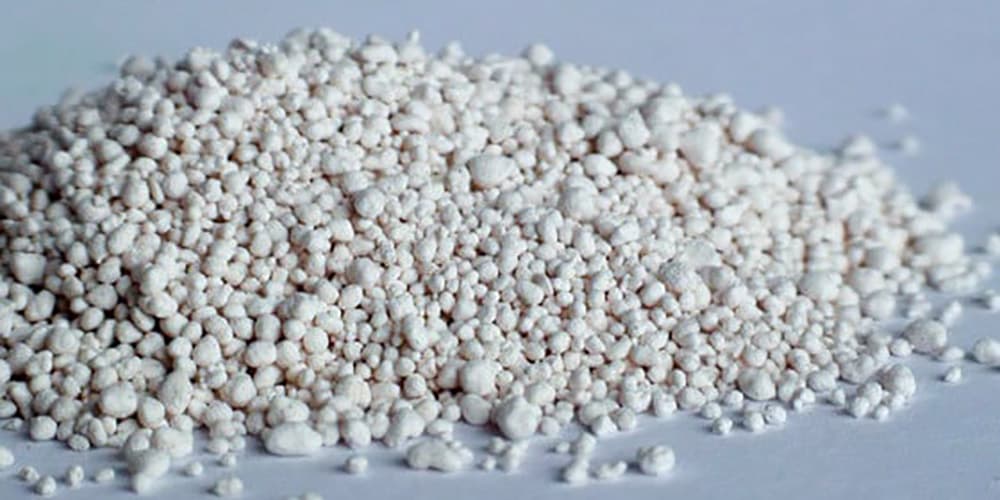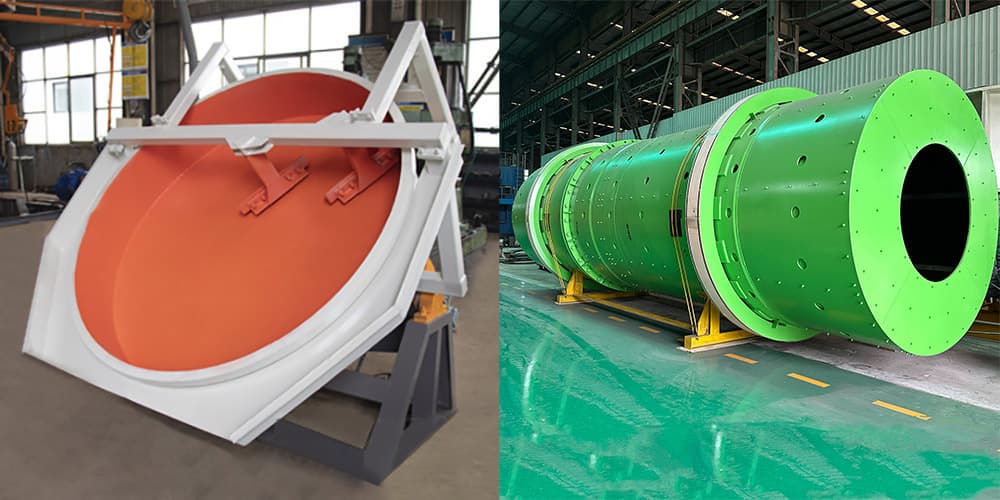Choosing A Binder in the Agglomeration Process
The selection of the right binder for the granulation process is one of the most important aspects of wet granulation. The choice of binder not only affects the pelletizing process, but also the use of the final product, so careful consideration and testing is required to evaluate the different options.
Why use binder?
Binders are used for three main reasons.
- To aid the pelletizing process. Most materials require a binder to bind the particles together to form pellets and to continue to build up layers to allow the pellets to grow.
- To achieve the desired raw strength. Raw strength refers to the strength of the pellet prior to drying. Sufficient raw strength ensures that the pellet remains intact during subsequent processing.
- Achievement of the desired final dry pellet compressive strength. The proper compressive strength of the dried pellets ensures that the pellets are not easily broken during packaging, transportation, distribution and use.

How do I choose a binder?
There is a wide variety of binders ranging from waxes, starches, latexes to plastics. With so many choices, choosing a binder can seem a bit daunting, but the industry and end use can often help determine which binder will work best. Economic factors also play an important role in choosing an adhesive. Testing in a facility such as the Tom Lee Innovation Center is also critical to evaluating binder options for a particular polymerization process.
How Industry Influences Binder Selection
The end use of a product can have a significant impact on binder selection.
For example, in the fertilizer industry, while coal tar may be the perfect binder for other industrial applications, it is unacceptable due to the fact that it contains toxins that could be transferred to the soil and plants if used in a fertilizer product. Similarly, cement may work well in the polymerization formation process to achieve the desired strength properties, but it will not break down as needed and will leave cement in the soil. Molasses, starch and other organic binders, on the other hand, not only work well as binders in the production of granular fertilizers, but also break down quickly and can even add micronutrients to the soil.
Similarly, some industries, such as the steel industry, may require binders to be able to withstand high temperatures in order to remain stable in rotary kilns or other heat-treating equipment.
Binder Economics
Binder selection also relies on finding a cost-effective option. The cost of binders varies widely, with water usually being the least costly. In addition, not all binders are available in all areas. It may be possible to find an adhesive that is very effective for a particular application, but the cost of transporting it to the plant is impractical. Therefore, binder selection usually focuses on finding the right balance between process effectiveness, application and economics.

Pelletizers and Binders
Selection of the right binder for the pelletizing process is critical to the production of high quality fertilizer pellets. However, the binder is only one aspect of the pelletizing process in a fertilizer production line. For an efficient pelletizing process, it is equally important to choose the right pelletizing equipment. Different types of fertilizers and production requirements often require different granulation equipment. At present, the fertilizer industry commonly used pelletizing equipment mainly includes the following types:
- disc type granulator: simple structure, wide range of application, can be used for the production of compound fertilizer and organic fertilizer.
- rotary drum granulator: mainly used for compound fertilizer granulation, high rate of granulation.
- roller extrusion granulator: belongs to the dry method of granulation, without drying process, high density of granules.
- new organic fertilizer granulator: high output, if with the rounding machine, the granule effect is good.

Each of these equipment has its own characteristics and scope of application, the choice needs to take into account the characteristics of raw materials, product requirements, production scale and other factors. Reasonable selection of granulation equipment, coupled with the appropriate binder, can significantly improve the efficiency and quality of fertilizer production.
As a leading supplier of pelletizing equipment and systems, TONGLI, with more than 60 years of experience, can not only provide customers with high-quality pelletizing equipment, but also provide a full range of professional support in the selection of binder, process optimization and other aspects. We are committed to customizing the best pelletizing solution for each customer to help them stand out in the highly competitive fertilizer market.
Whatever your granulation challenges, TONGLI will be your reliable long-term partner. If you are looking for professional pelletizing equipment and solutions, please contact TONGLI today and our team of experts will be ready to provide you with personalized consultation and service.

